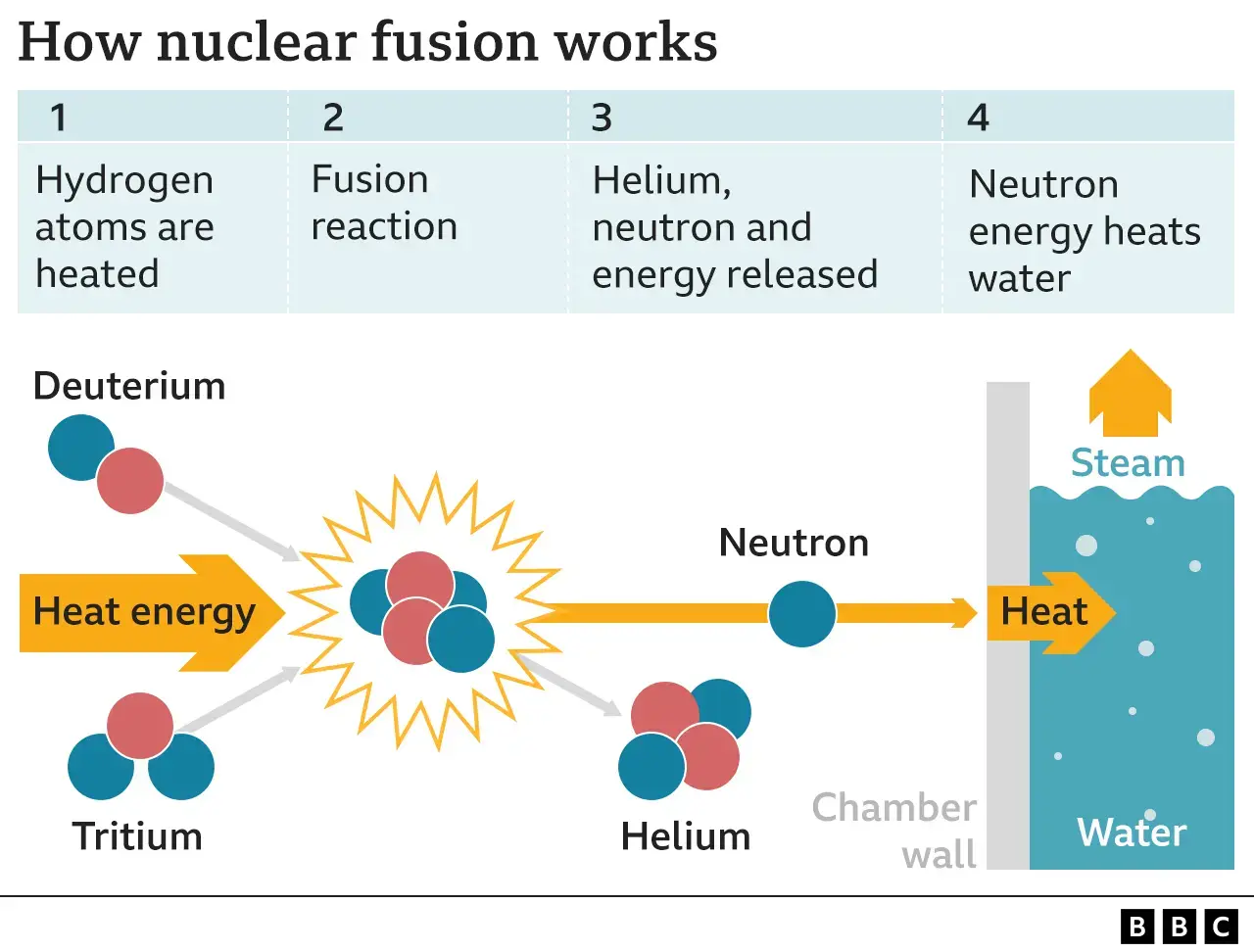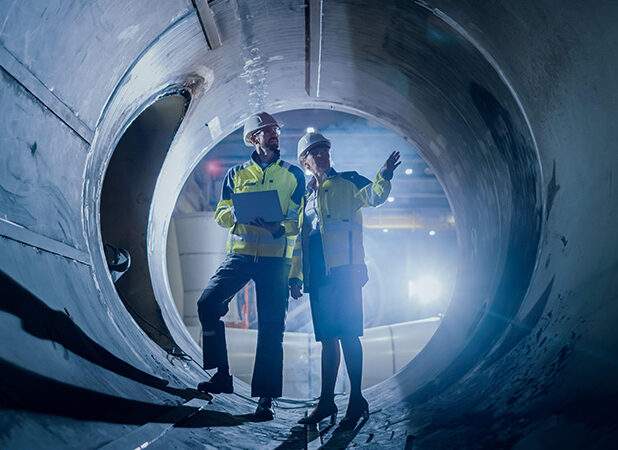What is fusion energy?
In the search for sustainable and abundant energy sources, fusion energy is a promising alternative. This groundbreaking concept involves the fusion of light atomic nuclei, specifically hydrogen isotopes, to release a significant amount of energy. Similar to the fundamental process that powers the sun, fusion energy holds the key to a clean, limitless source of energy that could transform the global energy landscape.
How is fusion energy processed?
At its core, fusion energy replicates the process that powers the sun. Hydrogen isotopes, such as deuterium and tritium, are heated to extreme temperatures to form a plasma state. Under these conditions, the nuclei of these isotopes fuse together, releasing an enormous amount of energy in the process. This phenomenon is the same reaction that occurs in the Sun, where hydrogen atoms fuse to form helium, releasing energy in the form of light and heat.

Fusion works on the principle that energy can be released by forcing together atomic nuclei rather than by splitting them, as in the case of the fission reactions that drive existing nuclear power stations. Source: Major breakthrough on nuclear fusion energy – BBC News
Potential Advantages of Fusion Energy
Clean and Environmentally Friendly
Fusion energy is characterized by its minimal environmental impact. Unlike traditional fossil fuels, fusion does not produce greenhouse gases or long-lived radioactive waste. It is a promising solution for mitigating the adverse effects of climate change and reducing humanity’s carbon footprint.
Abundant Fuel Supply
Hydrogen isotopes, the primary fuel for fusion reactions, are abundant and widely available. Deuterium can be extracted from water and tritium from lithium, providing a virtually unlimited supply of fuel for fusion reactors.
Safety and Security
Fusion reactions are safer than fission reactions because there is no risk of a runaway chain reaction or catastrophic meltdown. The absence of long-lived radioactive waste further enhances the safety of fusion energy.
Challenges and Breakthroughs in Fusion Energy Research
Although fusion energy is a highly promising concept, significant challenges remain in achieving a sustained and controlled fusion reaction. Researchers are actively working on overcoming obstacles such as maintaining the high temperatures and magnetic confinement required for fusion to occur. Breakthroughs in materials science, plasma physics, and engineering are crucial for realizing the practical application of fusion energy on a large scale.
Conclusion
In conclusion, fusion energy offers hope for a sustainable and clean energy future. With the continuation of research and development, the dream of harnessing the power of the sun on earth is closer to reality. Fusion energy can redefine our approach to power generation, providing an abundant and environmentally responsible solution. As the world progresses towards unlocking the full potential of fusion energy, stay tuned for updates.
Frequently asked questions
What is fusion energy, and how does it work?
Fusion energy involves the fusion of light atomic nuclei, particularly hydrogen isotopes, to release a significant amount of energy. This process mimics the fundamental mechanism that powers the sun.
Why is fusion energy considered a sustainable alternative?
Fusion energy is regarded as a sustainable alternative due to its minimal environmental impact. Unlike traditional fossil fuels, fusion does not produce greenhouse gases or long-lived radioactive waste.
How is fusion energy safer than traditional nuclear energy?
Fusion reactions are inherently safer than fission reactions. Unlike fission, there is no risk of a runaway chain reaction or catastrophic meltdown in fusion reactions. The absence of long-lived radioactive waste enhances the safety profile of fusion energy.






